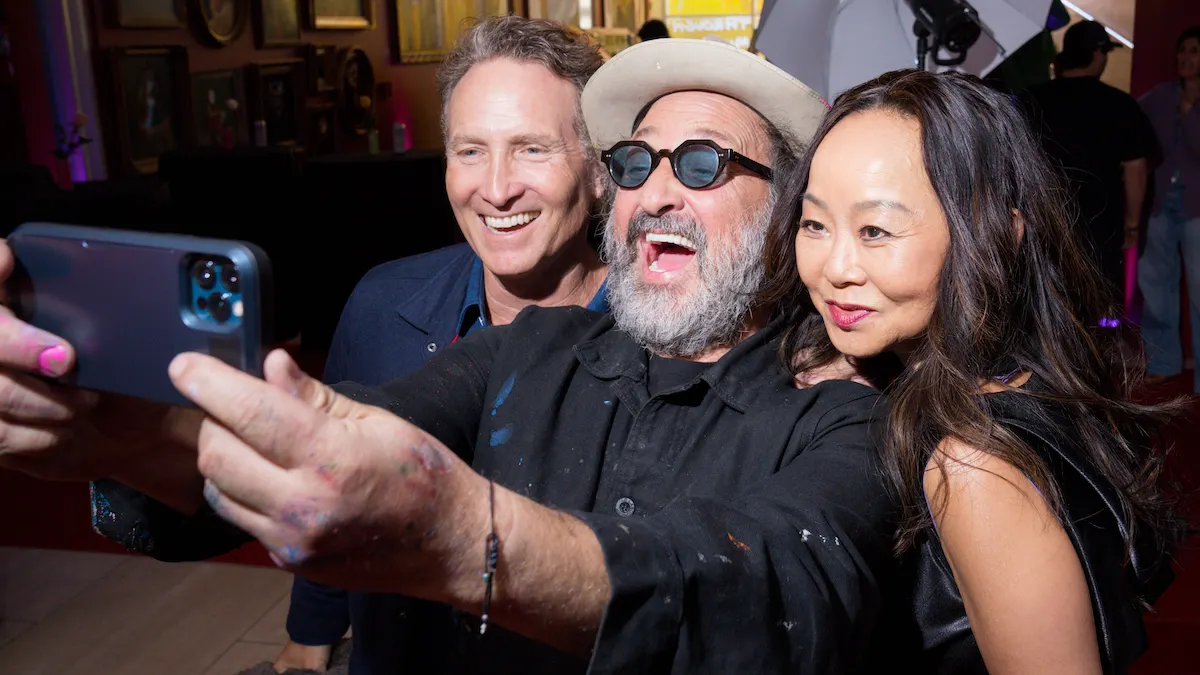On a recent weeknight in Beverly Hills, two social media influencers stared up at a hulking Tyrannosaurus rex made of books.
“Do you get it?” one influencer asked the other. The second squinted at the dinosaur.
“I heard the artist explain it,” the first one continued. “It’s because they’re both going extinct.”
The influencers, and over a hundred others of their kind, were guests of the marketing company Open Influence who had invited them to come meet Thierry Guetta, aka Mr. Brainwash, the Los Angeles-based, French-born street artist catapulted to fame and legitimacy by the 2010 Banksy film “Exit Through the Gift Shop.”
In December, Guetta opened the “Mr. Brainwash Museum,” a sprawling pop-up exhibition stuffed to the brim with his own works. Influencers of all stripes from TikTok and Instagram—makeup tutorialists, mindfulness gurus, comedians, food artists, and “momfluencers” alike—now crawled through a maze of Guetta’s making, past bus-sized boomboxes and mammoth Apple computers, under 19th century oil paintings now adorned with 99¢ store bags and security cameras, through an immersive staging of Van Gogh’s “Bedroom in Arles,” and a hallway blasting the Star Wars theme.
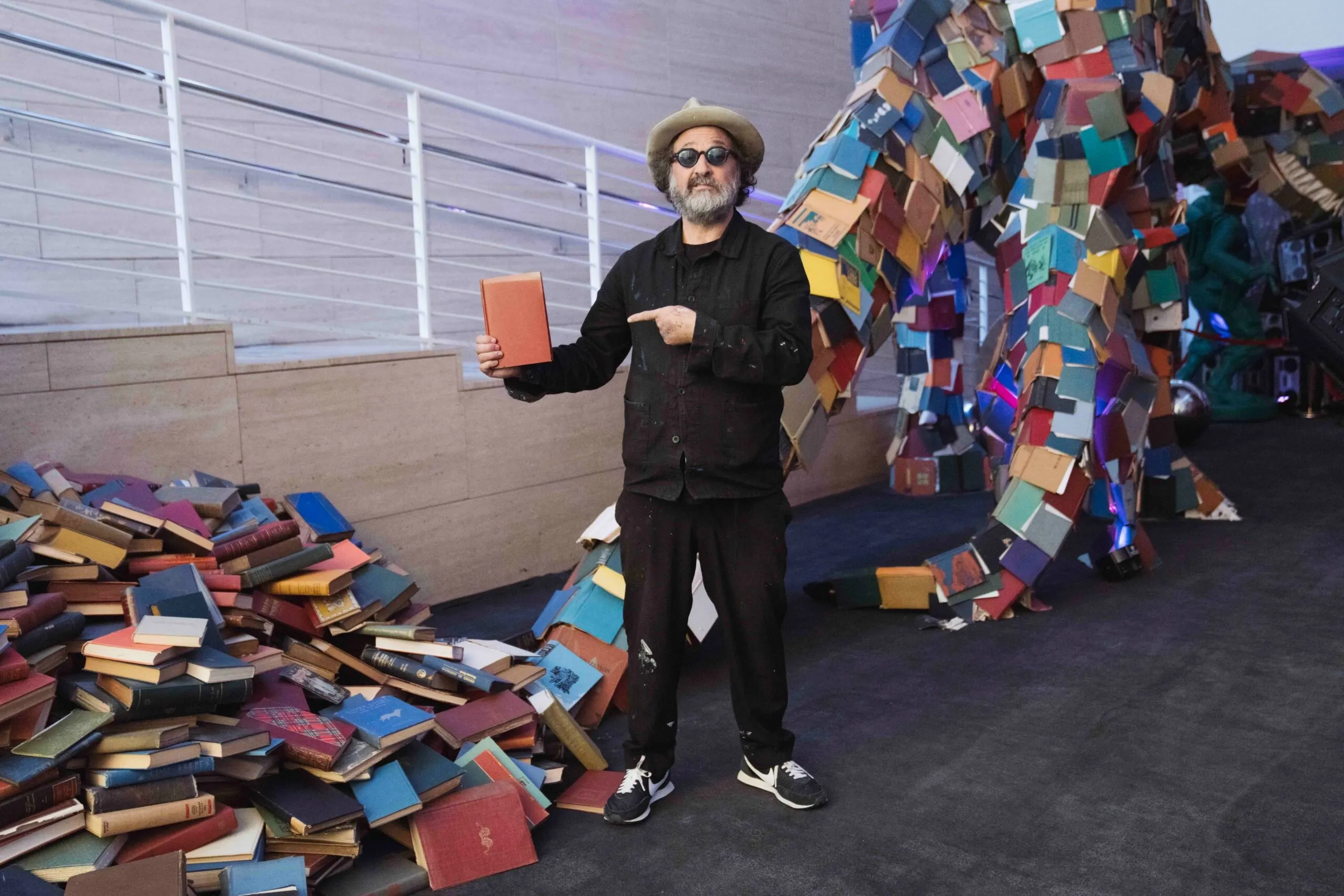
What does Guetta have to do with social media influencing? (Or crypto and Web3, for that matter; that's why you're all here, right?) One could reasonably argue that Guetta was one of the world’s first influencers. The used clothing store owner got his creative start obsessively filming everything around him, including himself, in the late 1990s. Soon, his camera settled on the exploding trend of street art, chronicling the works of urban experimenters like Banksy and Shepard Fairey.
In a rapid turnaround, Guetta took the hot trend he was studying and swallowed it whole, creating the “Mr. Brainwash” brand, furiously promoting it, and selling millions of dollars worth of works in the process. That his art looked an awful lot like Banksy’s has spurred some speculation that Guetta’s rise—as chronicled by Banksy in “Exit”—was wholly engineered by Banksy as a meta-commentary on the financialization and meaninglessness of art. Guetta has repeatedly refuted such theories.

But none of that has anything to do with the influencers roaming Guetta’s museum anyway. One of Guetta’s friends runs Open Influence, a marketing company that works to maximize the global reach of its influencer clients, mainly through brand partnership deals. Tonight was a party to celebrate Open Influence’s success. And the Mr. Brainwash Museum was a cool place to have a party.
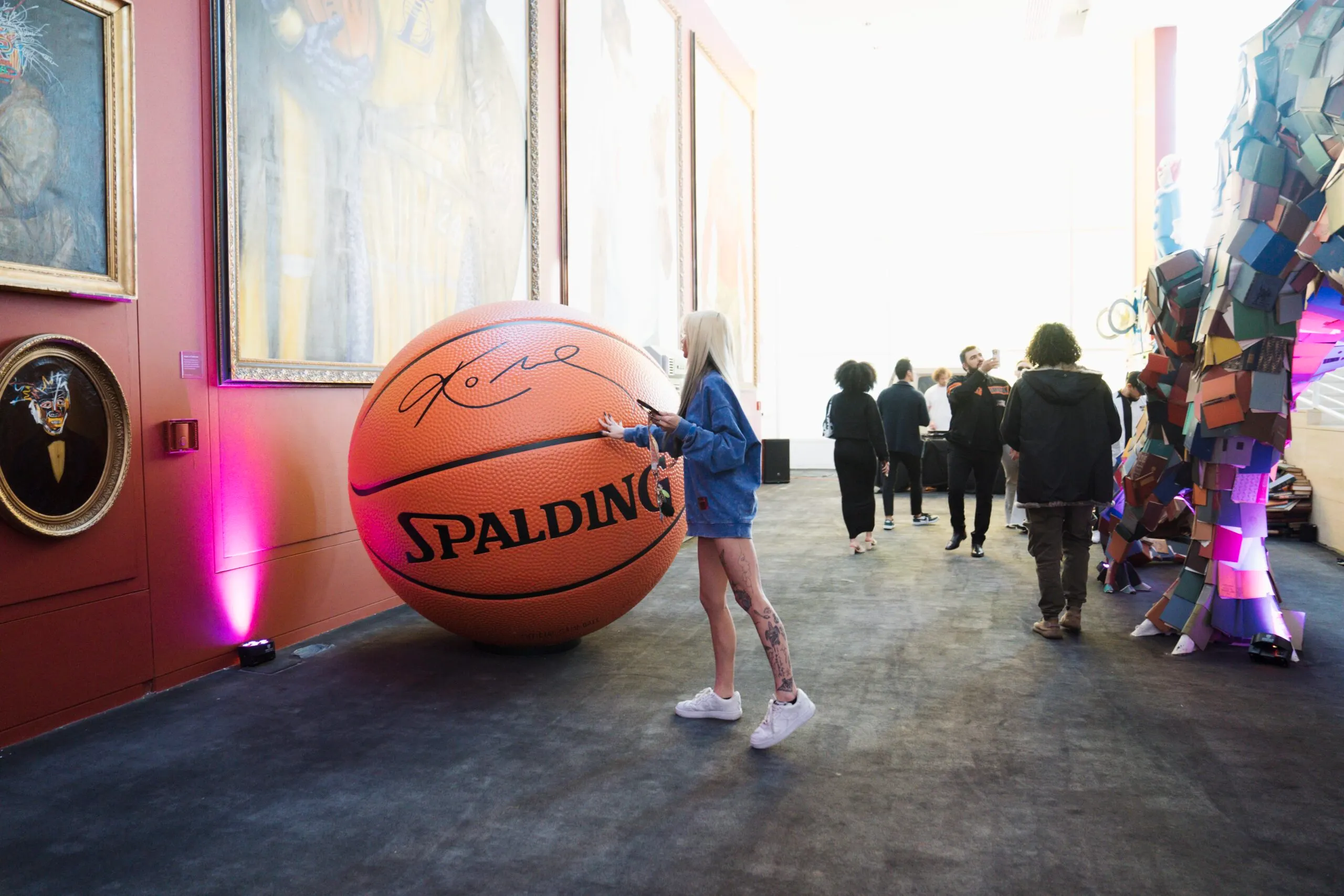
After an hour or so of sipping on “Viral Vodkas” and “Tag Me Tequilas,” the influencers were shepherded into an auditorium where, to whoops and cheers, they watched a reel of themselves promoting Trojan condoms, Starburst candies, Cheez-Its, Pringles, Pop Tarts, ski resorts, and the hip hop artist Lizzo in front-facing videos.
Guetta ran on stage shortly thereafter, to impart some wisdom on the younger crowd.
“Do what you love,” he said. “Because if you do what you love, you love what you do.”
The room bloomed with “oohs” and “aahs” before bursting into vigorous applause.
The influencer’s dilemma
Most of the influencers staring back at Guetta belong to what one might call the middle class of the social media economy. Many have amassed followings between 50,000 and 100,000—no small feat, but one that nonetheless offers little in the way of financial stability.
“In the current system, working with social platforms directly, there's not a lot of profit sharing,” Open Influence CEO and founder Alex Dahan told Decrypt. “It's not enough to live on, unless you're really a top 1% influencer.”
Platforms like Instagram, TikTok, YouTube, and Snapchat can get influencers an audience—but often, little else. Like most other Web2 businesses, social media giants take home the overwhelming majority of revenue generated by the independent creators who fill their apps with content. That’s where intermediaries like Open Influence come in: helping influencers leverage their audiences to cash in on brand deals and partnerships.
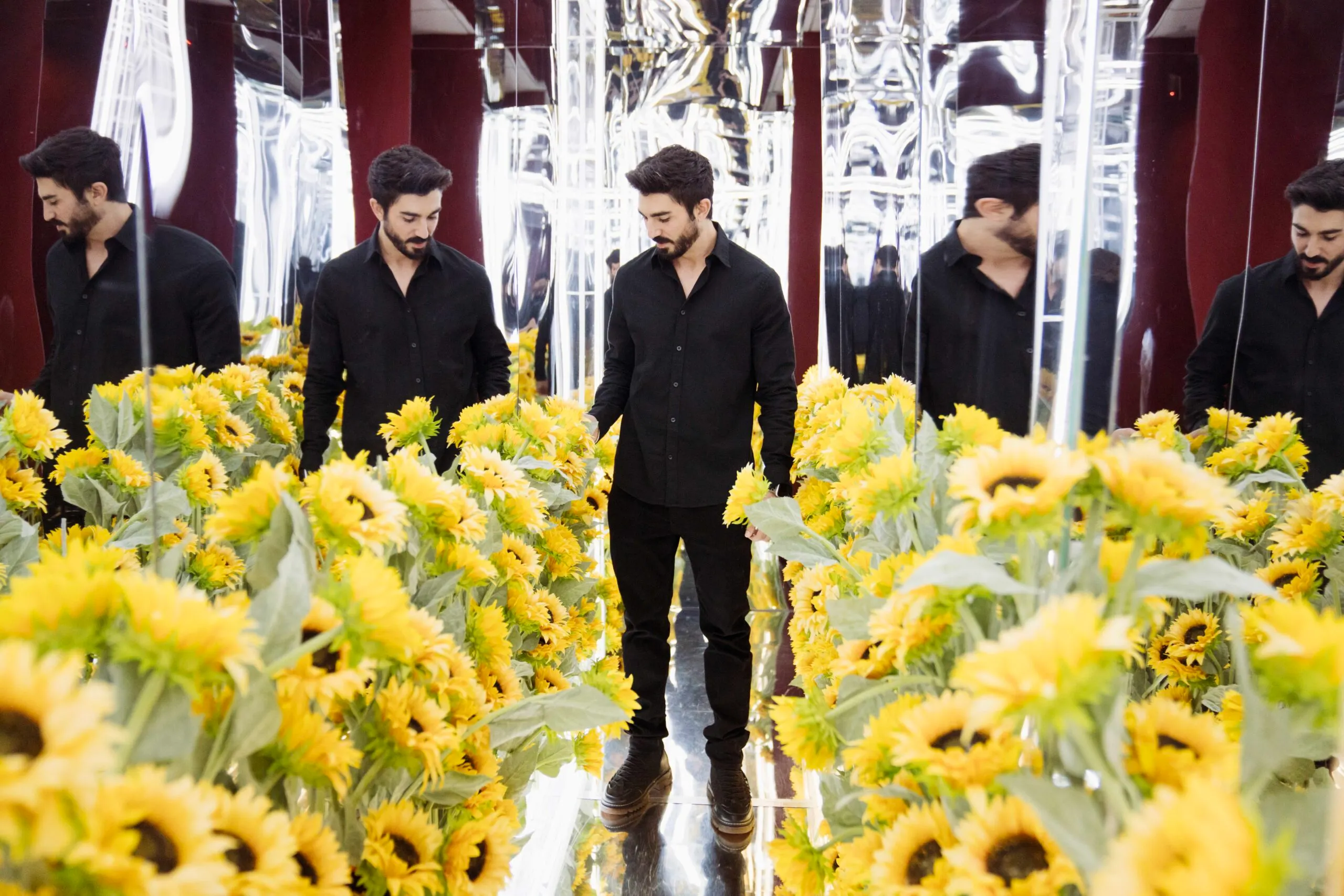
Even that arrangement, though, can have its limits.
“It’s critical to a creator’s success to branch out and get into other ventures, and not just have all their income be dependent on brand campaigns,” influencer talent manager Gracie Guttierez told Decrypt. “Because it's unreliable.”
But where, then, to look, if not to traditional social media platforms or advertising partners?
The answer is, increasingly, to Web3. While brand deals for influencers rely on third parties subject to the whims of virality and the market, Web3 tools offer a means for content creators to enter a sturdier, more direct financial relationship with their audiences.
Token-gating can allow influencers to offer tiers of content or experiences to followers at fixed prices, while voting tokens can be leveraged to let paying fans directly participate in the creative process of their favorite video makers—like voting on the next destination of a travel vlogger, or the next subject of a comedian’s ire, for example.
“Web3 and blockchain can help commoditize content and allow influencers to create unique experiences for their audiences,” Open Influence’s Dahan said, “to go direct to consumer with their own products.”
Open Influence’s leadership is intrigued by, and looking into, the potential of Web3 to unlock a new age of sustainable revenue for influencers, one in which creators’ fates are no longer tied to single points of failure that could disappear tomorrow, or to brand interest that tends to come and go with the wind. A more decentralized, subscriber-oriented ecosystem powered by Web3 tools could grant influencers a higher degree of power and independence.
Adaptation?
But to get to this new age, companies like Open Influence will have to convince their influencer clients that Web3 is worth the jump. And that, at least for the moment, might be a tough sell.
“Sus,” lifestyle influencer Veranothing said, when asked, standing in line for tacos after Mr. Brainwash’s speech, for a word to describe her first reaction to the concept of Web3. “That’s what Logan Paul did, right?”

One artist influencer at the party, who wished to remain anonymous, tried to release a series of NFTs to his followers last year. The project received so much backlash regarding crypto’s reputation and environmental impact, though, that he eventually abandoned it entirely.
“You have 60 seconds,” Jaqueline Ortiz, a parenting influencer, said over carnitas, standing between the book-bound T-Rex and a basketball the size of an elephant, as she described how little time an influencer has to make impact with a social media post generally, let alone onboard followers to a novel social technology.
Ortiz, a mother, content creator, and third-grade teacher, did not feel she had the time to read up on how to integrate tokenization into her videos, nor to explain such tools to her ever-scrolling-on audience. But what if crypto’s toxic reputation recedes, or these tools become as easy to use as Patreon? Sure, absolutely. She’d take a look, she said.
Perhaps to test these waters, all attendees of last week’s Open Influence gala will soon be able to claim an NFT—designed by Guetta himself, and launched via Paper and Thirdweb with the assistance of Decrypt’s sister division, Decrypt Studios—that will grant the holder access to a token-gated group chat for influencers to connect, collaborate, and discuss Web3’s potential.
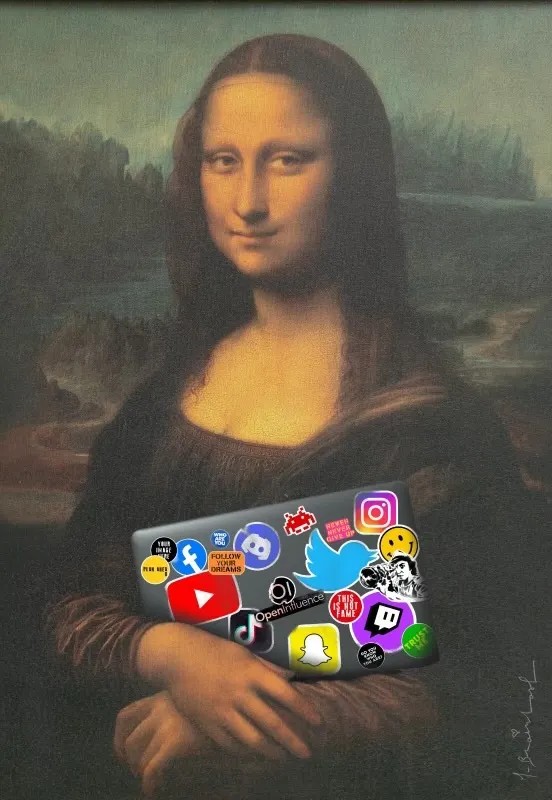
The NFT, an image of Mona Lisa holding a laptop, marks Guetta’s first foray onto the blockchain. That’s somewhat surprising, given Guetta’s association with the intersection of art, hype, and commerce.
But if there’s one thing the man knows about, from his early days as a vintage clothing store owner through his creation and shepherding of the Mr. Brainwash brand, it’s trends: when to join them, and when to stay away.
“NFTs are like when you take a baby and try to make him run,” Guetta told Decrypt. “When you make him run, the next moment he’s going to go back to crawling. It went too fast. It has potential, and it will grow. But it’s still a baby.”
Guetta spent the rest of the night feverishly running up and down the three floors of his massive museum, hobnobbing with various influencers and regaling them with aphorisms and tidbits about his art.

The space, until recently home to the Paley Center for Media, served for decades as a public-facing hub for education on the history of television and radio. But the internet decimated demand for a library of classic video clips and radio programs, and by 2020, the Paley Center couldn’t afford to keep its doors open. The building is set to be demolished later this year.
When it is, Guetta will leave his museum behind in the rubble and move on to something else, no doubt. He has a knack for finding a way to survive. His influencer guests may do well to take heed of that example.
Perhaps Web3, as it matures, will become an indispensable tool in the influencer’s arsenal, one that empowers content creators to assert independence from the massive platforms and indifferent corporate sponsors that currently control their precarious destiny. Perhaps not. But eventually, all species face the same choice: find a way to adapt, or die out.

